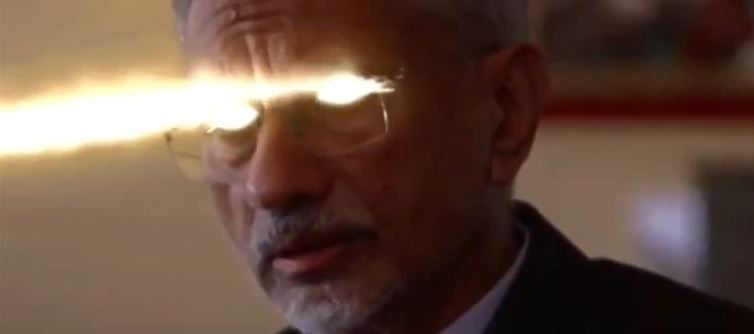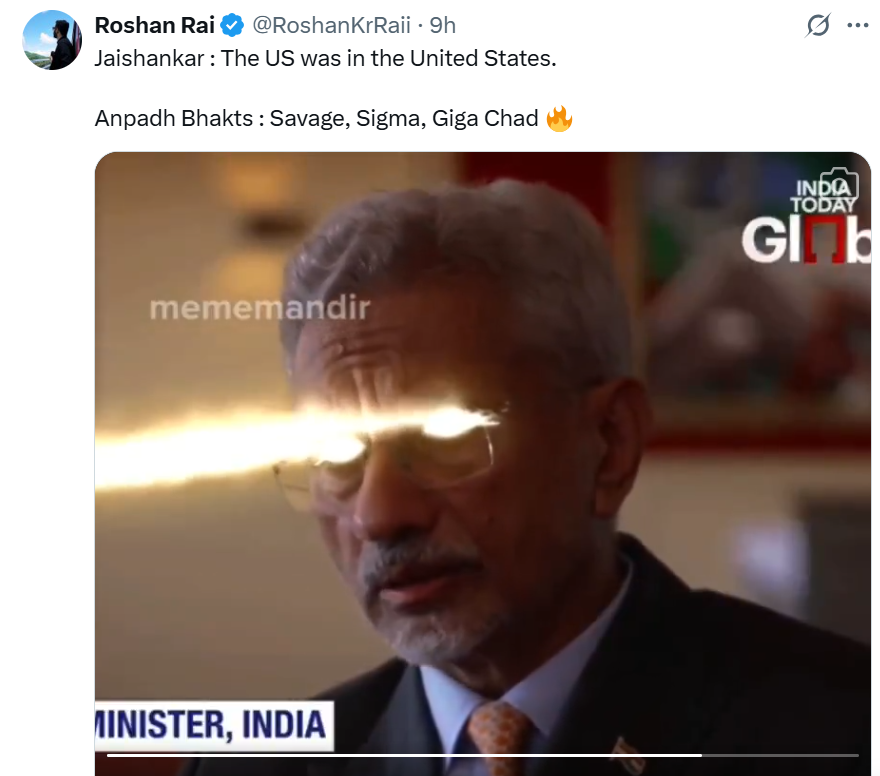
However, the remark quickly went viral, sparking a wave of reactions across social media platforms. While some nationalistic audiences in india applauded the response as witty and assertive, much of the international reaction painted it as evasive or flippant, especially given the diplomatic weight of the question.
 Social media users globally began trolling jaishankar for what they perceived as an unnecessarily dismissive tone, arguing that the comment lacked the seriousness expected from a senior diplomat addressing a major geopolitical player like the United States. Memes, parodies, and edited interview clips flooded X, Instagram, and Reddit, with many mocking the statement as symbolic of an overly defiant posture in diplomacy.
Social media users globally began trolling jaishankar for what they perceived as an unnecessarily dismissive tone, arguing that the comment lacked the seriousness expected from a senior diplomat addressing a major geopolitical player like the United States. Memes, parodies, and edited interview clips flooded X, Instagram, and Reddit, with many mocking the statement as symbolic of an overly defiant posture in diplomacy.This incident follows a previous round of online trolling when a heavily edited image of jaishankar with “laser eyes” was circulated—intended to portray him as a powerful, no-nonsense leader, but which instead led to ridicule and memes questioning the image curation around India’s foreign policy narrative.
Despite the trolling, the episode underscores a broader theme in Jaishankar’s diplomatic style—marked by sharp retorts and unapologetic positioning. As India's global profile rises, so does the scrutiny of its leaders' public engagements. While Jaishankar’s supporters argue that his comments reflect a confident, post-colonial indian stance on the world stage, critics say that such quips can undermine the seriousness of India’s diplomatic outreach. In an era where every word can be clipped, memed, and dissected globally, even seasoned diplomats must tread carefully to ensure that rhetorical flair doesn’t overshadow substance.




 click and follow Indiaherald WhatsApp channel
click and follow Indiaherald WhatsApp channel